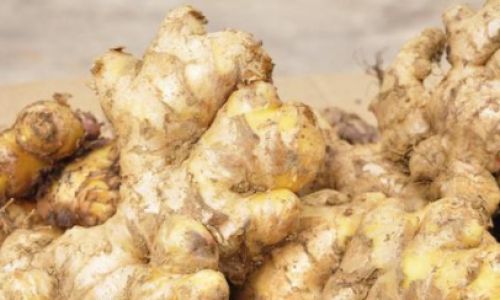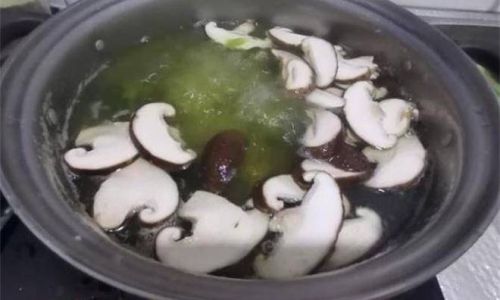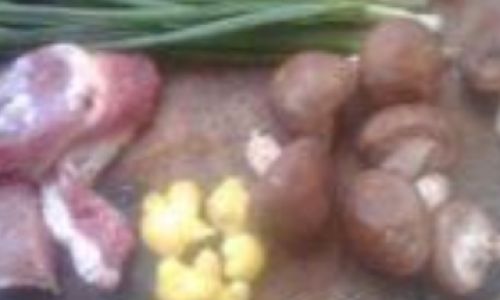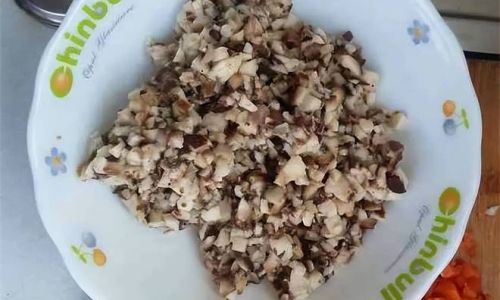Introduction
In the realm of culinary arts and homemade beverages, infusing various ingredients into alcohol has always been a practice that combines tradition with innovation. Among the myriad of flavors that can be extracted and preserved in this manner, fresh ginger stands out for its unique ability to add a zesty, warming, and slightly spicy kick to any drink. Fresh ginger-infused alcohol, often referred to as ginger wine or ginger beer in its fermented forms, is a delightful treat that can be enjoyed both as an aperitif or a digestive. This article delves into the intricacies of crafting your own fresh ginger-infused alcohol at home, from selecting the perfect ginger to the final bottling process, ensuring every step is meticulously executed for optimal flavor extraction.

Choosing the Right Ginger
The first and foremost step in making fresh ginger-infused alcohol is selecting high-quality ginger. Look for firm, smooth, and unblemished roots with a bright yellow or light brown hue, indicative of freshness. Avoid ginger that is wrinkled, soft, or has mold spots, as these signs point to deterioration. The aroma of fresh ginger should be pungent and slightly sweet, a preview of the robust flavor it will contribute to your infusion.
Once you’ve sourced your ginger, it’s essential to clean it thoroughly. This involves scrubbing off any dirt or residue using a vegetable brush under running water. Pat the ginger dry using a clean kitchen towel or let it air-dry naturally. Cutting the ginger into thin slices or julienne strips can enhance flavor extraction, as it increases the surface area exposed to the alcohol.
Selecting the Base Alcohol
The choice of base alcohol is crucial in determining the final taste profile of your ginger-infused drink. Vodka, rum, and white wine are popular options, each imparting a distinct character to the infusion. Vodka, being neutral in flavor, allows the ginger’s essence to shine through without interference. Rum adds a caramelized sweetness and a hint of tropical fruitiness, complementing the ginger’s spicy notes. White wine, especially dry varieties, provides a balanced acidity and can result in a more complex, wine-like beverage.
For beginners, vodka might be the safest choice due to its versatility and lack of inherent flavors that could clash with the ginger. However, adventurous home brewers may experiment with different bases to find their preferred blend.
Preparing the Infusion
Before combining the ginger and alcohol, consider adding additional ingredients to enhance the infusion. Honey, sugar, or maple syrup can be used to balance the ginger’s spice with sweetness. Citrus peels, such as lemon or lime, can add a refreshing citrus note. Spices like cinnamon sticks, cloves, or cardamom pods can also be included for a more layered and aromatic profile.
To begin the infusion, place the prepared ginger slices and any additional ingredients into a clean, glass jar with a tight-fitting lid. Pour in the chosen alcohol, ensuring all ingredients are fully submerged. If using a sweetener, dissolve it in a small amount of hot water first and let it cool before adding it to the jar to avoid any risk of contamination.
Infusion Period
The length of the infusion period will depend on your personal preference for ginger intensity. Generally, a two-to-four-week period in a cool, dark place allows the ginger’s flavors and aromas to fully meld with the alcohol. Shaking the jar gently once or twice a week can help distribute the flavors more evenly.

For a stronger ginger flavor, you can extend the infusion period up to a month. However, be mindful that prolonged infusion might result in a more intense, fiery taste that some may find overwhelming. Taste-testing periodically is recommended to monitor the flavor development and stop the infusion when it reaches your desired balance.
Straining and Bottling
Once the infusion has reached its optimal flavor, it’s time to strain out the solids. Use a fine-mesh sieve lined with cheesecloth or a coffee filter to separate the ginger and any other spices from the liquid. Press gently on the solids to extract as much flavor as possible, but avoid forcing the pulp through, as this can cloud the final product.
The strained liquid should be poured into clean, sterile bottles. Glass bottles are preferable due to their inert nature, which prevents chemical reactions that could alter the taste. Label the bottles with the date and any relevant information about the infusion, such as the type of alcohol used or additional ingredients.
Storage and Serving
Store your fresh ginger-infused alcohol in a cool, dark place away from direct sunlight and heat. Proper storage can preserve the beverage’s flavor and aroma for several months. For long-term storage, consider refrigerating the bottles, especially if you’ve added sweeteners, which can promote bacterial growth at room temperature.
When serving, chilled ginger-infused alcohol can be enjoyed neat or mixed with club soda, sparkling water, or even a splash of fruit juice for added refreshment. It pairs well with light appetizers, seafood, and spicy dishes, enhancing the dining experience with its unique blend of flavors.
Conclusion
Making fresh ginger-infused alcohol is not only a rewarding culinary endeavor but also a journey of discovery. It allows you to harness the natural goodness of ginger and transform it into a delightful beverage that can be enjoyed throughout the year. By carefully selecting your ingredients, choosing the right base alcohol, and meticulously controlling the infusion process, you can create a personalized, artisanal drink that reflects your taste preferences and culinary creativity. So, why wait? Gather your supplies, roll up your sleeves, and embark on this flavorful adventure today!






0 comments